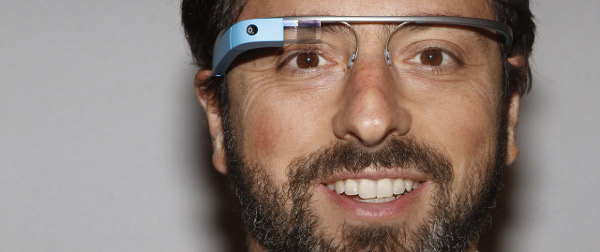
The use of smartglasses like Google Glass would boost worker efficiency in several verticals including manufacturing, field service, retail and healthcare, a new Gartner report noted.
The analyst firm predicts that smartglass adoption in the US would rise to 10% by 2018 in firms with offsite workers, including field service personnel and inspectors.
Gartner research director Angela McIntyre said that smartglasses with augmented reality (AR) and head-mounted cameras can boost the efficiency of technicians, engineers and other workers in field service, maintenance, healthcare and manufacturing roles.
"In the next three to five years, the industry that is likely to experience the greatest benefit from smartglasses is field service, potentially increasing profits by $1bn annually," McIntyre said.
"The greatest savings in field service will come from diagnosing and fixing problems more quickly and without needing to bring additional experts to remote sites."
The launch of economical, consumer versions of smartglasses would also assist in further adoption because half of the firms that would benefit from these gadgets will offer them to some of their employees who could utilise them, the analyst added.
Adoption of smartglasses would be rather slow as the benefits they offer will be dependent on the apps and services aimed at smartglasses, the report also suggested.
The new gadgets are anticipated to have the most impact on heavy industry, including manufacturing and oil and gas, with medium impact on mixed industries, such as retail, consumer-packaged goods and healthcare.
Gartner also anticipates some of the essential functions of smartglasses would assist in boosting efficiency in the enterprise.
Gartner principal research analyst Tuong Nguyen said that given these advances, the goals of corporate training may evolve away from memorising procedural steps to knowing how to use smartglasses and access key information using voice commands.
"Classroom training and tests on the content of manuals can be reduced since much of the practical training can be done ‘on the job’ with the assistance of smartglasses," Nguyen said.
"However, training must always include safety and employees should continue to know how to use equipment for routine tasks."
Benefits of using smartglasses in the healthcare industry include facilitating telemedicine and authority consultations with doctors in a different location, and also serving as a how-to guide for carrying out medical procedures, as well as streamlining patient experience at the doctor’s office.
"IT organisations are already being asked to make recommendations about whether smartglasses should be used in the workplace based on benefits and risks perspective, as well as policy and implementation," McIntyre said.
"Now is the time for IT organisations to refresh their bring-your-own-device (BYOD) policies with smartglasses in mind.
"Though IT organisations will provide smartglasses to employees who regularly wear them for their job task, much of the IT impact may come from employees wearing their personal smartglasses at work."






